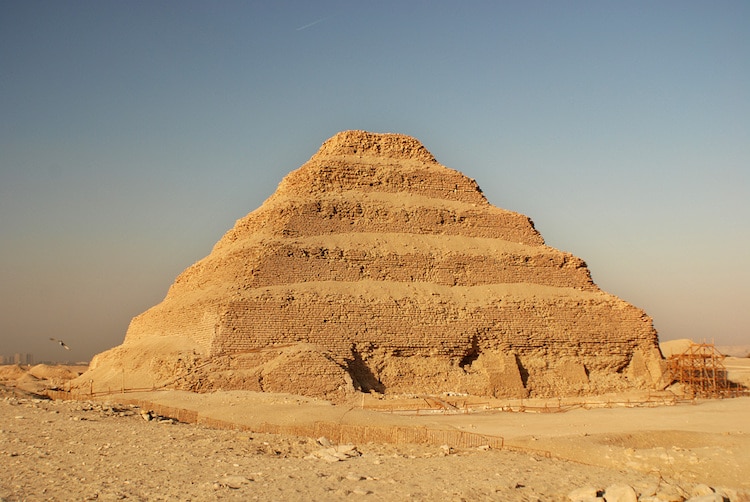7 Surprising Facts About the Egyptian Pyramids
The Egyptian pyramids are one of the defining architectural achievements of the ancient world. As an incredible feat of engineering, Egyptologists are still discovering more about these structures with each passing year. The Giza pyramid complex has drawn visitors from around the world since the days of the Grand Tour and children around the world who study the mysteries of ancient Egypt can't help but associate the pyramids with the grand pharaohs of yesteryear.
Still shrouded in mystery, the pyramids don't reveal their secrets easily. But over time, scholars have come to learn many surprising facts about ancient Egypt through them. Technical prowess mixed with mythology and superstition led the pharaohs to construct these formidable structures, which have proven to be some of the most indestructible pieces of architecture ever created. So while you think you may have learned all you need to know about the Egyptian pyramids in school, there's a lot left to discover.
Ready to learn 7 facts you may not know about the ancient Egyptian pyramids?

They weren't all pointed.
All pyramids aren't created equal. In fact, just as with many building types, there are distinct phases to pyramid construction. The earliest pyramids aren't the pointed structures we most commonly think of but were actually flat.
Many examples are found in the vast Saqqara burial ground located in what was Ancient Egypt's capital, Memphis. The pyramids here are the earliest known and include the Pyramid of Djoser. Built during the third dynasty and designed by architect Imhotep, it was constructed between 2630 BCE and 2611 BCE. It's considered one of the world's oldest monuments made of cut masonry and is not, in fact, pointed.
Instead, it's a step pyramid where Imhotep had mastabas (Egyptian tombs) of diminishing size stacked on top of one another. This typology is found in many cultures from the Borobudur Temple in Indonesia to the El Castillo pyramid built by the Maya in Chichen Itza.

تعليقات
إرسال تعليق